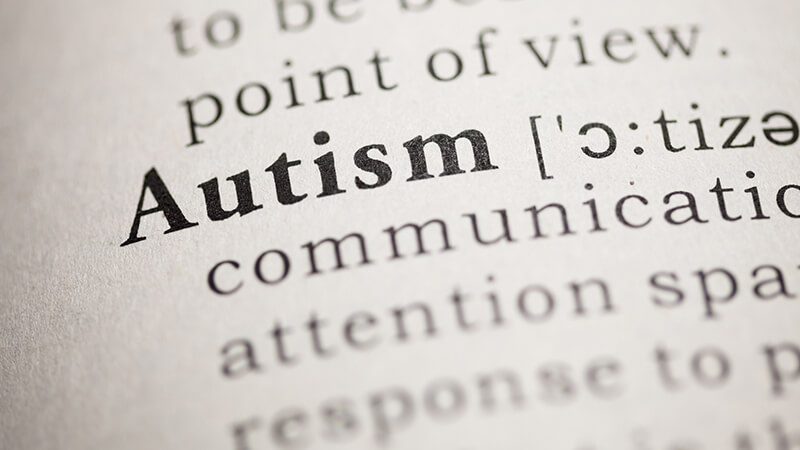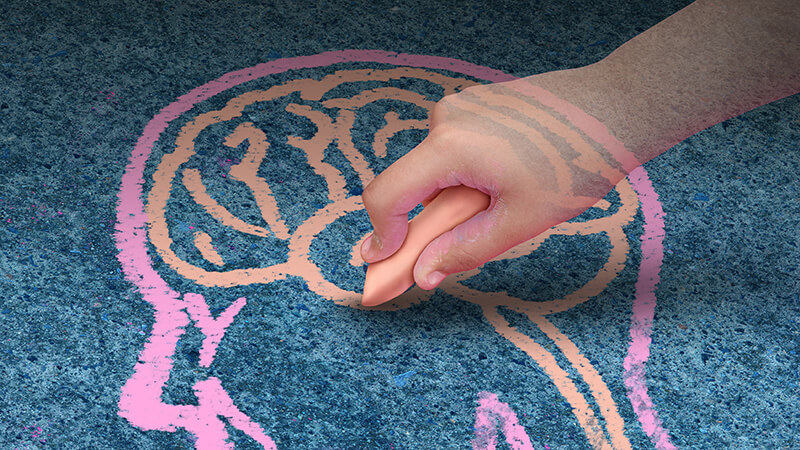Autism spectrum disorder (ASD) is often complex in nature and can have a variety of emotional and diagnostic presentations. For example, many young adults with Autism Spectrum Disorder are much more likely than the average person to have anxiety and depressive disorders. Research suggests that, “…symptoms of psychiatric disorders have been found to co-occur at high rates in those diagnosed with Autistic Disorder (AD)…” (Davis, T.E., Hess, J.A., Moree, B.N., Fodstad, J.C., Dempsey, T., Jenkins, W.S., Matson, J.L., 2011). Some studies list disorders such as Anxiety and Depression co-morbid with ASD at a rate of 50% percent or higher. (Kim, J.A., Szatmari, P., Bryson, S.E., Streiner, D.L., Wilson, F.J., 2000).
Three of the most common categories of anxiety disorders which are co-morbid with ASD include: social phobia (29.8%), OCD (17.4%), and Social anxiety disorder (16.6%). (Francisca, J.A., Van, Steensel, Emma, J., Heeman, 2017). Autism in general can make many “commonplace” aspects of daily living much more difficult, or sometimes downright impossible. Oftentimes anxiety disorders can have a real debilitating effect on a person’s life, especially those who may face a set of challenges different from their typical peers.
Without the right tools, those with ASD may feel helpless and/or backed into a corner. For example, many young adults with ASD are struggling with socialization, and the ability to “fit in” with their peers. This can lead to feelings of rejection, social alienation and in some cases, debilitating anxiety. Fortunately, there are new treatments and programs to help address symptoms specifically related to autism spectrum disorder (ASD). One such program is New Directions for Young Adults (NDFYA). One important treatment offered at NDFYA to specifically address symptoms of anxiety is biofeedback.
Biofeedback has been used in clinical settings since the 1970s and can be an effective treatment for anxiety. Sensors are used in biofeedback to help assess autonomic response symptoms such as perspiration, heartbeat, and blood pressure. Patients can then view a computer screen that displays visual feedback on the effectiveness of the intervention. The overall goal of course is to help patients to better control their symptoms of anxiety and re-engage effectively in their own lives. Diaphragmatic breathing techniques and positive imagery can then be used when patients are outside of the clinical environment. These techniques are highly effective for patients in real-life stressful situations.
New Directions for Young Adults offers a multidisciplinary clinical approach, and incorporates educational, vocational, independent living, health, social, and recreational goals. New Directions supports students with executive functioning deficits due to a variety of developmental and/or psychological disorders. Students in new directions are required to be willing to participate in the program and need to be capable of learning the skills needed to live independently. Services can be gradually tapered to allow students to exercise the independence they have learned in the program.
The crux of the New Directions program is the Individualized Service Plan (ISP). The initial plan is developed using input from the student, family, transcripts, standardized test scores, psycho-educational reports, and results from assessments administered by New Directions. Long and short-term goals will be developed in three areas; education & vocational, life management, and psychosocial. ISPs are re-evaluated regularly, so as to assess progress in each area and to make any necessary adjustments.
Learn more about the New Directions program




